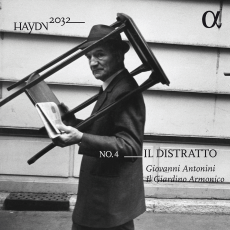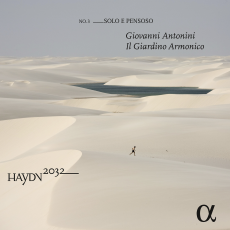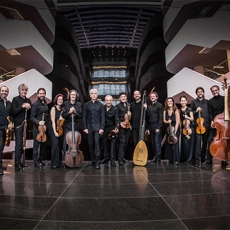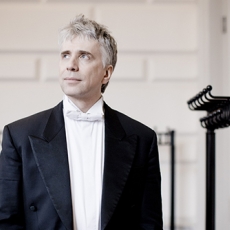Il Giardino Armonico - Haydn 2032: Vol. 4 - Gramophone
Giovanni Antonini and Il Giardino Armonico once again come up trumps in their seemingly haphazard selection of symphonies from during and after Haydn’s Sturm und Drang period. Only seemingly so: there’s a clear link between the anarchy of Cimarosa’s buffo scena Il maestro di cappella and the pantomime of Il distratto, a symphony assembled from the orchestral music for an Eszterháza comedy. This is the six-movement symphony that famously features the orchestra tuning up a few bars into the finale, not to mention itself becoming distracted, in the first movement, on an unresolving subdominant chord before suddenly realising why it had gone there in the first place. It would be easy to play this purely for laughs but Antonini and his players are suitably straight-faced, and the jokes come off all the better for it. Riccardo Novaro, too, is in fine voice as the stuck-up Kapellmeister who is sent up by his players.
There’s more in this vein. Symphony No 70 is another ‘entertainment’ symphony – at least until its finale, where Sturm und Drang breaks through once again in a fierce contrapuntal cock-fight in which a five-note knocking motif finds itself doing duty as tune, accompaniment and fugal tag. Thomas Fey’s Heidelberg recording played around with the timing and tempo of the tag, distorting the whole architecture of this remarkable movement. Antonini once again plays it straight and shows that the subversiveness is all in the music – you only have to trust it. Fey, it seems, doesn’t, and it falls flat; Antonini does and you find yourself hitting repeat to catch it all over again.
The earlier volume plays with ideas of isolation – Haydn himself was cut off from the outside world, he maintained, ‘and so I had to become original’. Thus the aria Solo e pensoso finds itself amplified through proximity with a pair of masterpieces – the inexplicably underrated Tempora mutantur and Symphony No 42, in which Haydn first manages to synthesise the terseness of Sturm und Drang with an expansiveness of form and expression – and one of the finest of the earliest symphonies, No 4, with its foreboding central Nachtmusik movement. There’s the overture to L’isola disabitata as well: as much a nascent tone poem as the prelude to an evening at the theatre.
As in the previous volumes, the orchestral performance is breathtaking in its accuracy – the sort of Haydn-playing you dream of. They’ve set themselves another 15 years to complete this cycle (fingers crossed), and if we’re all still around for the composer’s 2032 tercentenary, this may well become the period-instrument Haydn cycle by which all others are measured.



